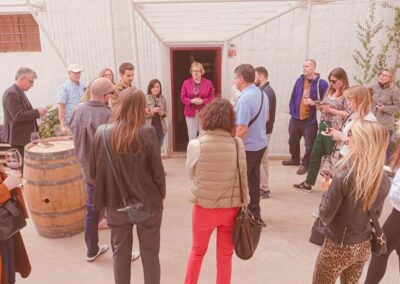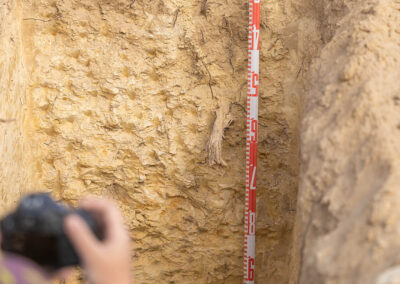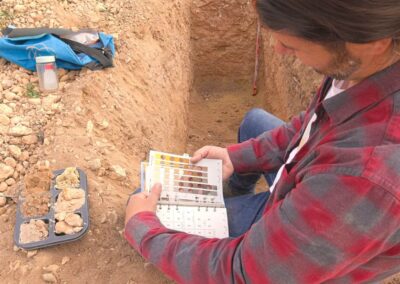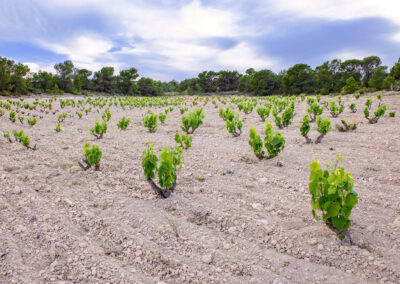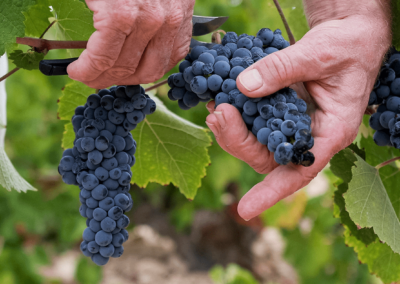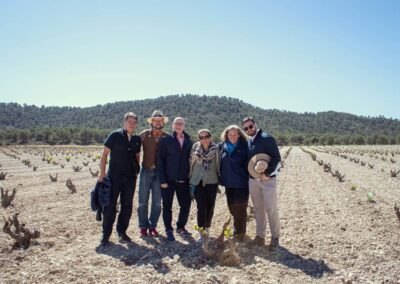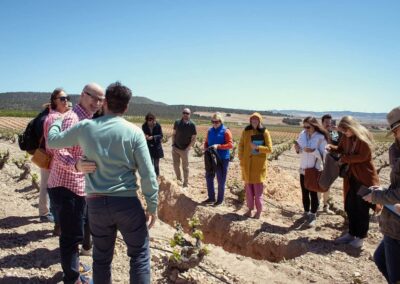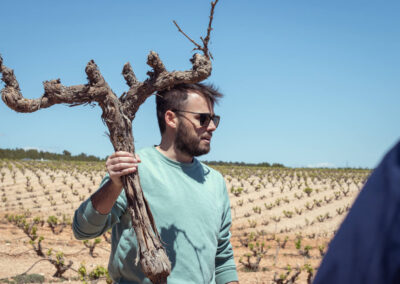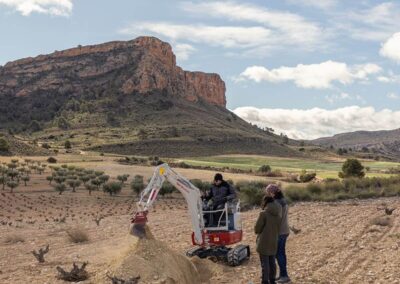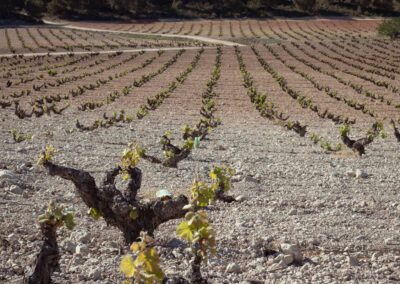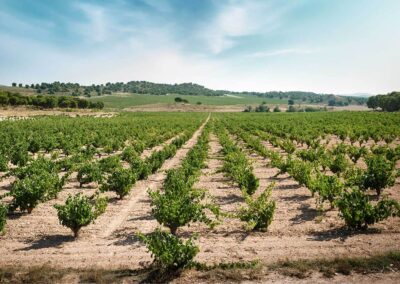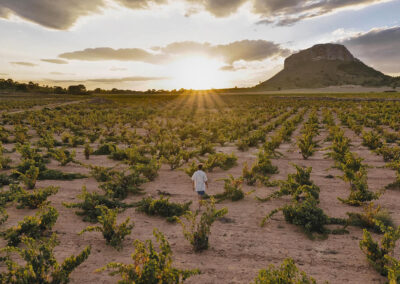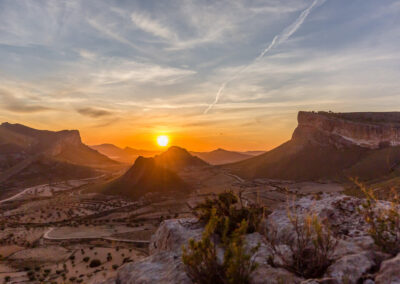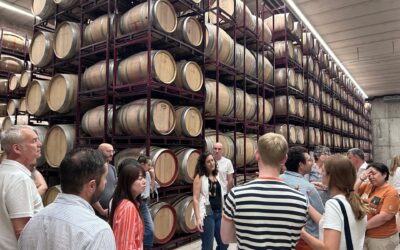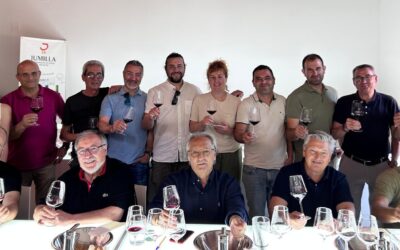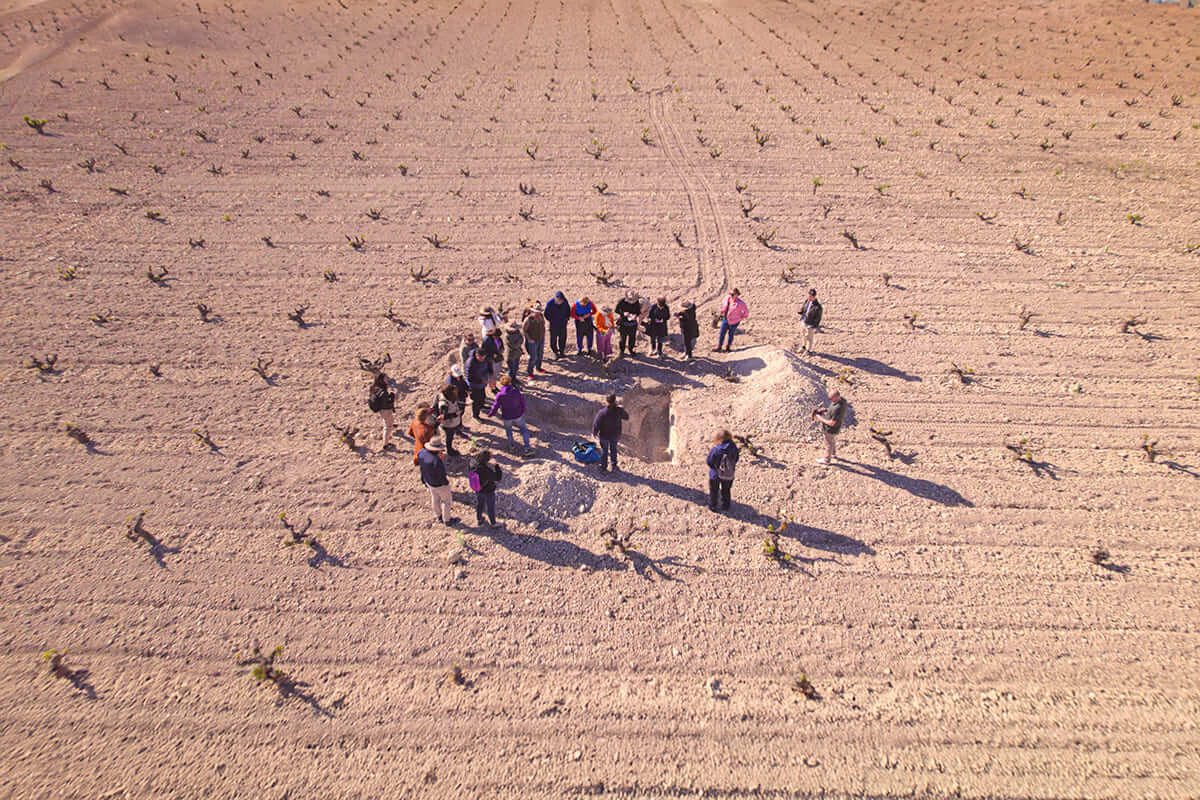
Taking part in the trip and appearing in the documentary was agricultural engineer Dr Joaquín Cámara Garaje, of the Universidad Politécnica de Madrid, who explains the profiles and compositions found in the soils studied and identifies very distinct soil textures. “The results show that while in Jumilla the soils have high sand content, there’s also a lot of clay. There isn’t just sand or sandy-loam, there’s also loam, clay-loam and even some silty-loam.
One of the most interesting things that came out of this soil study for me were the very high levels of active limestone. And it was observed that in all the soils analysed, roots were thriving, both fine and very fine roots as well as thicker, structural roots, which were growing as far down as 50 centimetres.”
“We’d expected to find a great variability of soil types in the Jumilla Designation of Origin, and this is exactly what the analyses in the soil study showed.”
Sarah Abbott
Master of Wine and co-founder of The Old Vine Conference was impressed by the highly localised adaptation of ungrafted Monastrell and highlighted the distinct character of the Jumilla vineyard. “I think that the ungrafted Monastrell that they have here is one of the treasures of the wine world, and what I will take back from here is the clear idea that the value of old vines is made up of a nexus of factors.
It’s not just that these vines are hugely interesting and of great value, it’s also what they mean for the people here; for the farmers, for the people who performed back-breaking manual work to plant them, in some cases over a hundred years ago; and how this value is being reborn and rejuvenated by the current generation. These old vines,” she underlines, “aren’t museum pieces, they’re behind the production of some of the most delicious and visionary wines in the region”.
Carolina Martínez Origone
the secretary of the Jumilla Wine Council, concluded the documentary by summing up the success of this awareness-raising educational trip to Jumilla: “The visits to the vineyards and the conference on old vines was hugely positive for the Jumilla DOP. We’ve succeeded in showcasing the amazing heritage of old vines that our wine region possesses together with its potential. And we hope that through this trip, the Jumilla appellation has advanced one step further in ensuring the protection and preservation of this heritage, which is in serious danger of disappearing. I hope too that together we can bring deserved recognition to Jumilla’s old vines, since these are some of the greatest vineyards in the world and the source of Jumilla’s finest wines”.

About the documentary:
This documentary has been released in two versions with subtitles in English and Spanish to enable it to be understood in any part of the world.
For the filming of this documentary, a cutting edge Canon Cinema R5C camera was used in conjunction with old cinema lenses to give enhanced character to the image.
Produced by Guarafía Producciones, this documentary masterfully captures the special moments of the three-day visit to Jumilla’s old vines through a careful, detailed visual narrative, demonstrating once again the studio’s considerable knowledge of the territory. In the filming, they have succeeded in reflecting the intimate connection between the visitors and Jumilla’s wine-growing heritage.
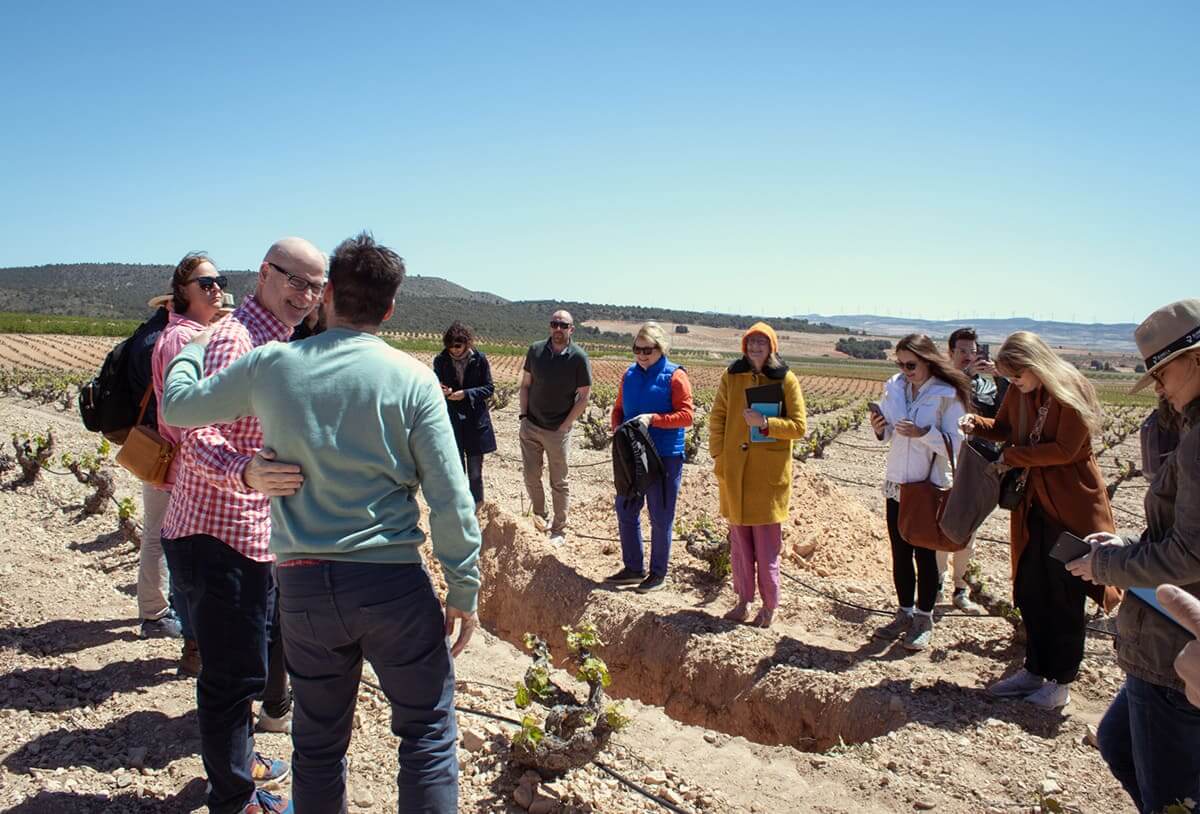
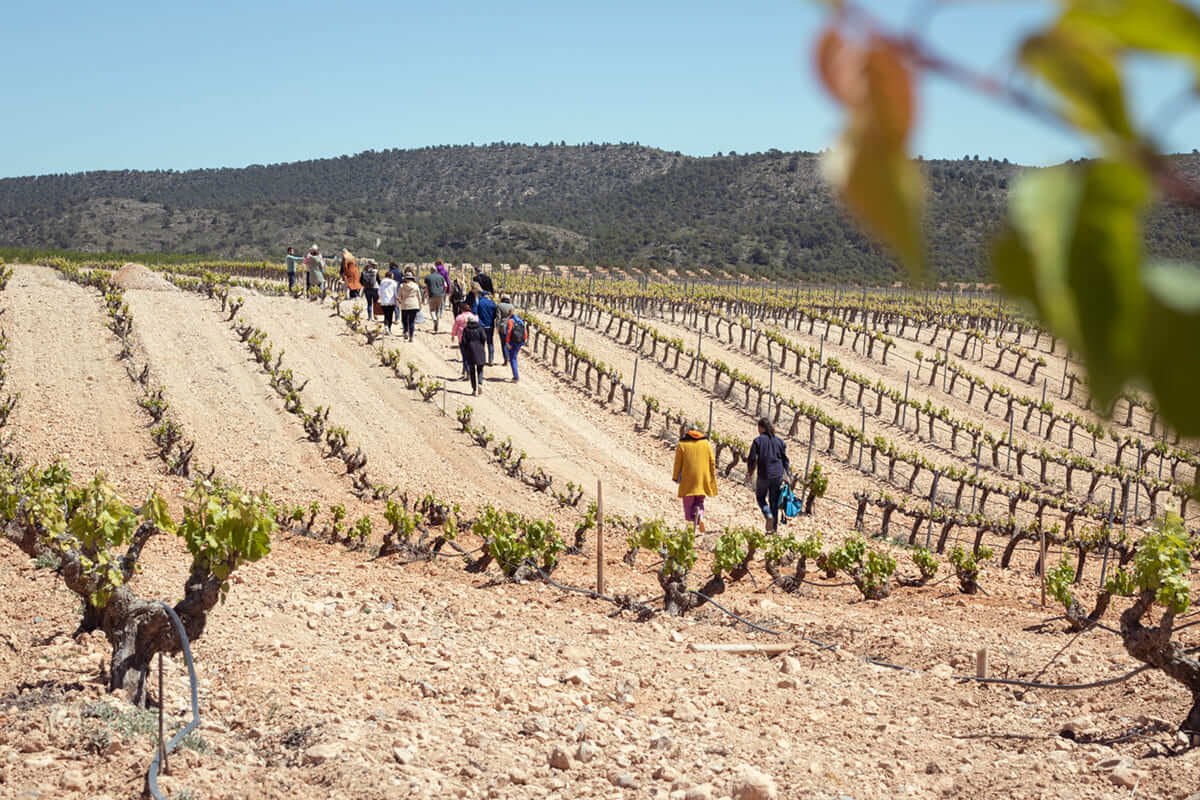
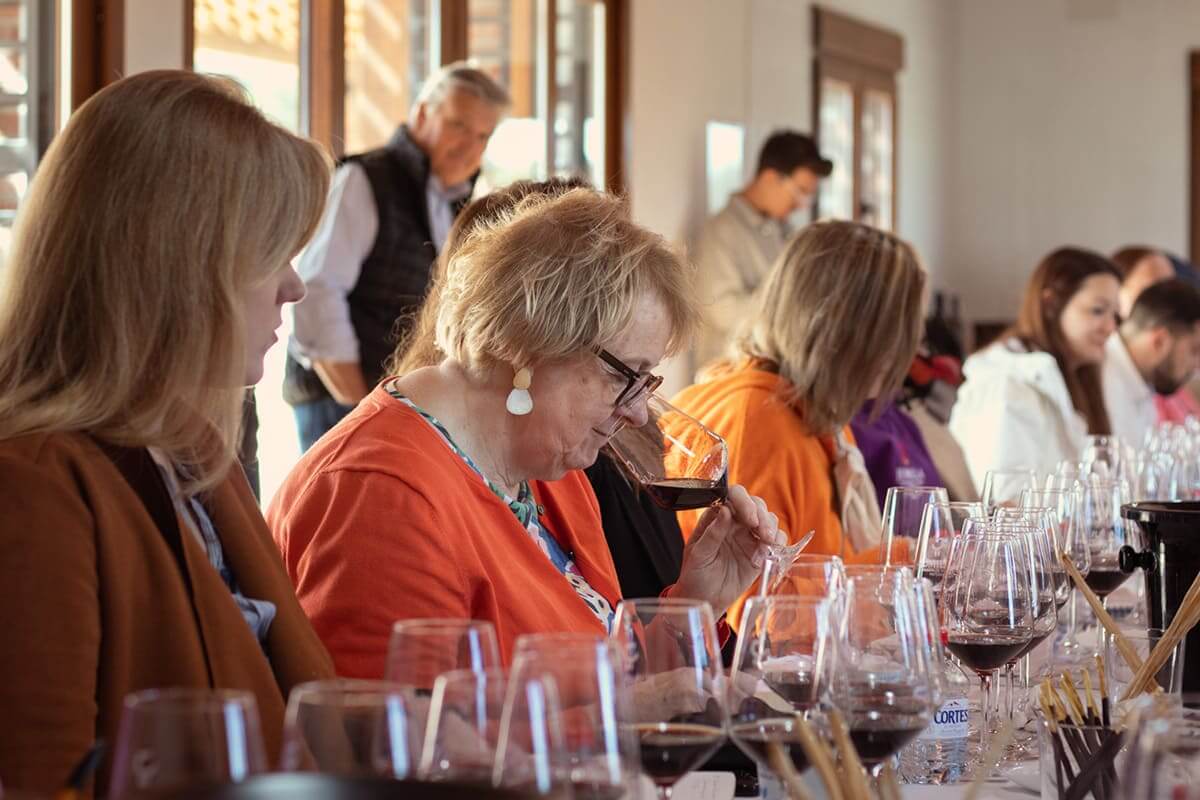
About The Old Vine Conference
About the Jumilla Protected Designation of Origin and its old vines
The appellation’s vines are planted at elevations ranging from 320 to 980 meters within mountain ranges rising as high as 1,380 meters. These form the boundaries of the appellation, from the extreme south-east of Albacete (taking in the municipalities of Hellín, Montealegre del Castillo, Fuente Álamo, Ontur, Albatana and Tobarra) to the north of Murcia province with the municipality of Jumilla. The appellation covers more than 20,000 hectares of vines, most of them dry-farmed bush vines grown predominantly on limestone soils.
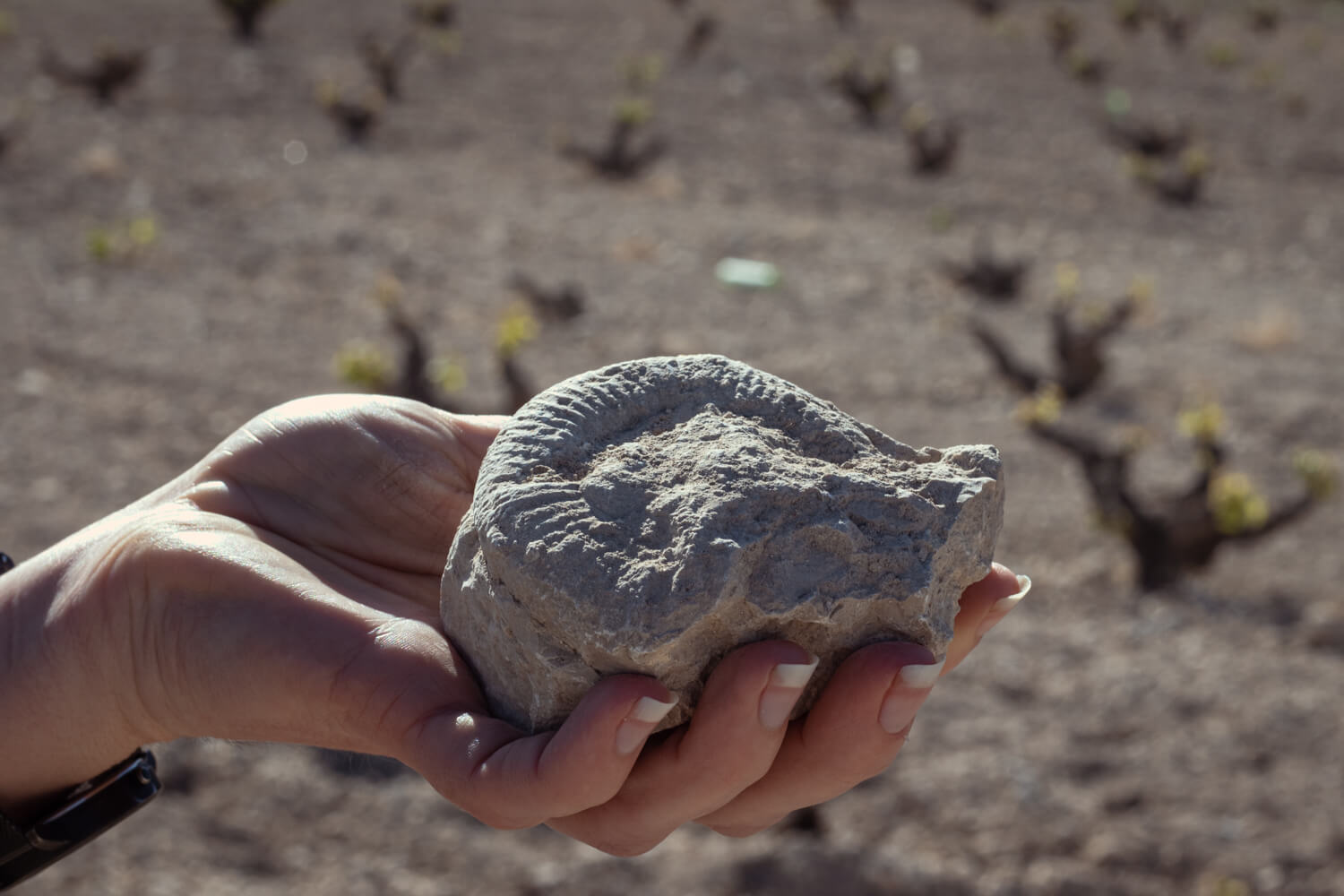
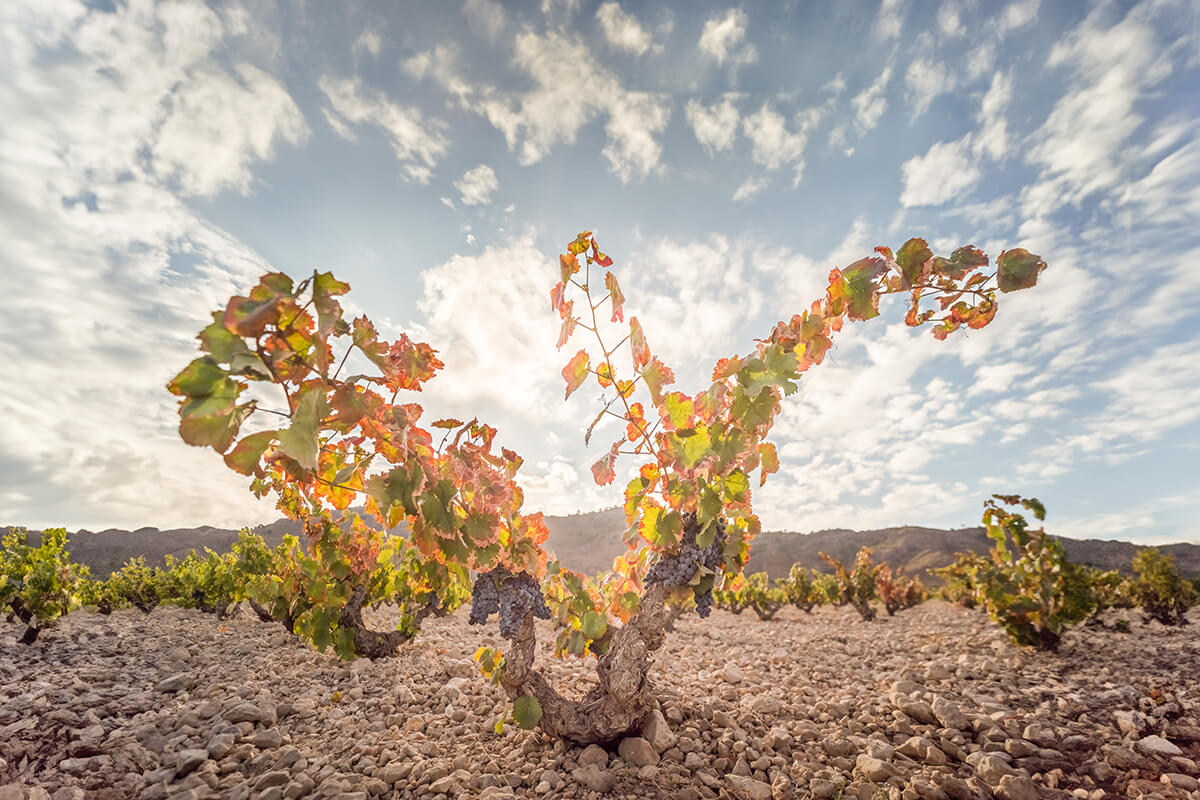
The climatic conditions in Jumilla, with annual rainfall barely reaching 300mm and over 3,000 hours of sunshine a year, are highly conducive to organic farming, which is widely practiced in the area.


